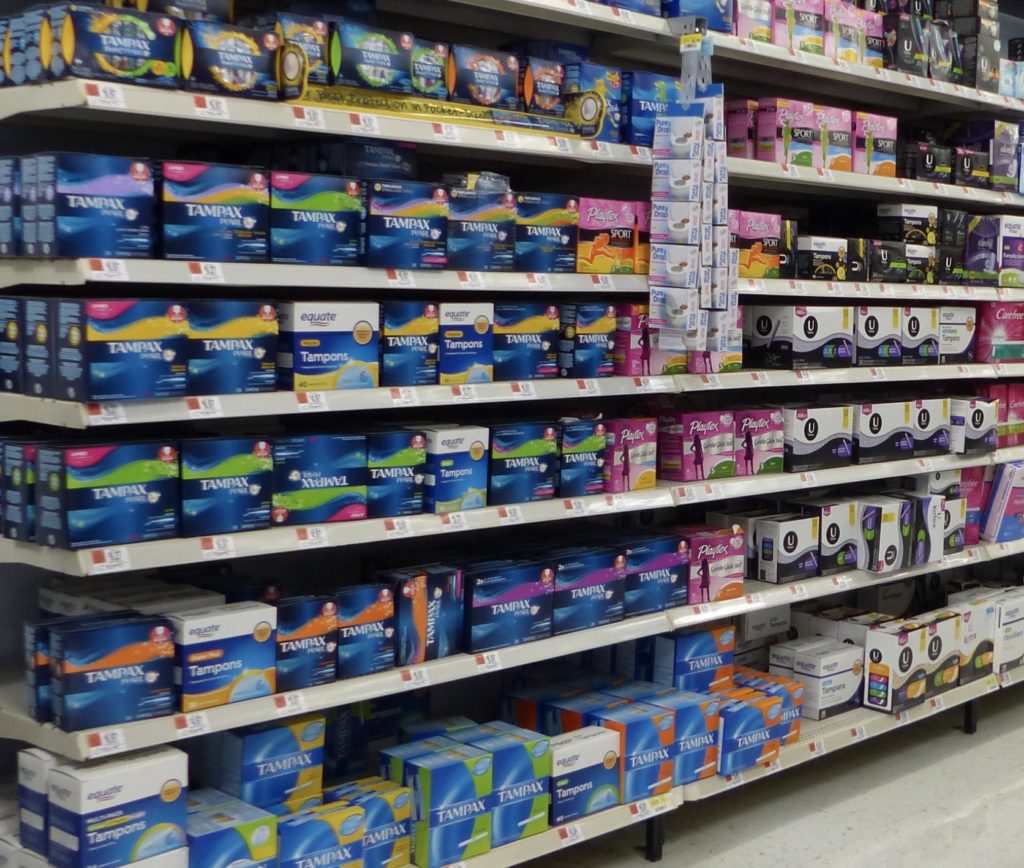There is no such thing as banning abortion, there is only banning safe abortion.
Texas has just passed the country’s most draconian and restrictive law on abortion, which the Supreme Court initially refused to consider. What bothers me is not just the lack access to safe abortion services but also some aspects of the law.
S.B.8 (nicknamed the “Texas Heartbeat Act”) prohibits a doctor from performing an abortion if a fetal heartbeat is present. Before performing an abortion, doctors must know if the fetal heartbeat can be seen by ultrasound. An abortion can only be performed with a heartbeat if there is a “medical emergency”, although that term is not defined. I assume that would include true medical emergencies (such as an infected pregnancy), or if the woman has a serious medical condition that might kill her if the pregnancy were to continue, such as a tubal pregnancy.
The law empowers normal citizens to be abortion “vigilantes”. It says: “Any person… may bring a civil action against any person who….” Reasons for legal action include a doctor who performs an abortion with a heartbeat, a person who helps someone else get an abortion, or even a person who has the intention to help someone have an abortion. The penalties are dire, and include a bounty of not less than $10,000 for each abortion. The law has no exceptions for rape or incest.
What is really remarkable is that the law prevents the usual enforcement, but rather encourages spying and snitching. It states: “…shall be enforced exclusively through the private civil actions….” This law allows anyone, in or outside of Texas, to attempt to grab the bounty on a doctor who performs an abortion beyond 6 weeks.
The people who wrote this law knew that it would be challenged and that the challenge would probably go to the Supreme Court of the USA, so put in a remarkable clause: that no regard would be given to “a defendant’s belief that the requirements of this subchapter are unconstitutional….”
Furthermore, the legislature has stopped using the correct medical term for an early pregnancy, “fetus”, but rather substituted “unborn child”. Although this might be satisfying for people who are against abortion, I hate to see legislators change medical terminology for their nefarious purposes. Isn’t there a law against lawyers practicing medicine? To make things worse, courts are playing legal pingpong with women’s reproductive rights, the law having been stayed by one court, then reinstated by another.
What can we expect to see as a result of S.B.8? More women will travel outside of Texas for abortion care. One clinic in Oklahoma City already reports that two thirds of their patients come from Texas. More concerning is that there will be more unsafe abortions as women become desperate—as was the case before Roe v. Wade in 1973. We can expect an increase in maternal mortality in Texas, as has happened in states when they have enacted laws that decrease access to safe abortion services. Texas already has a higher-than-average number of women dying from pregnancy-related problems.
A brave Texas OB-GYN, Dr. Alan Braid, openly broke the law and wrote about it in the Washington Post. His patient, a 42-year-old mother of 4 young children, couldn’t leave them to go to another state. Braid wrote that during his training, before 1973, he saw 3 teenagers die from illegal abortions; this is part of his motivation for performing safe abortions.
What can be done? Studies in other countries have shown that home abortions with medications can be safe. Women can put away their hangers and knitting needles and safely purchase the medications needed on Internet. AidAccess is one source of information about the medications that can cause an abortion safely. For Texas women who live close to the border, misoprostol is available in Mexico and is a safe way to cause an abortion by following instructions at the International Women’s Health Coalition website.
What is clear, according to a recent Economist survey, is that the majority of Americans favor access to safe, legal abortion services. Texans, don’t be bullied by religious fanatics!
© Richard Grossman MD, 2021

